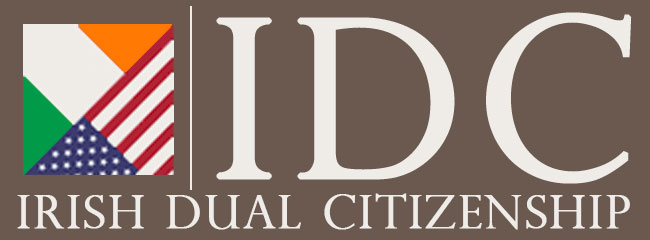Understanding Celtic Dance
LEARN THE HISTORY AND BACKGROUND OF IRISH CELTIC DANCE
Celtic dance is a vibrant and energetic form of dance that originated from the Celtic regions of Ireland and Scotland. These traditional dances have been passed down through generations, evolving over time while maintaining their deep cultural roots. Whether performed socially or competitively, Celtic dance is known for its rhythmic footwork, lively music, and elaborate costumes. Today, it remains an important part of cultural festivals, performances, and competitions worldwide, bringing people together in celebration of their heritage.
History and Origins
The roots of Celtic dance date back centuries, with influences from ancient Celtic rituals, medieval court dances, and folk traditions. In Ireland, early forms of dance were influenced by the Druids, who performed ritualistic movements during religious ceremonies. As the centuries progressed, Irish dance evolved into structured forms, incorporating elements of French and English court dances. By the 18th and 19th centuries, traveling dance masters helped standardize and spread Irish dance styles across Ireland, leading to the development of modern Irish step dancing. These dance masters played a crucial role in preserving and refining the art form, ensuring that techniques and steps were passed down accurately.
Similarly, Scottish dance traditions trace back to the Gaelic-speaking clans of the Highlands. These dances were performed at gatherings, celebrations, and military events. Highland dancing, a well-known form of Scottish dance, was originally performed by men to demonstrate strength and agility but has since become popular among both men and women.
During the 20th century, Celtic dance gained international recognition, especially with the rise of stage productions like Riverdance and Lord of the Dance. Today, Celtic dance continues to thrive in competitions, festivals, and cultural celebrations, drawing dancers of all ages who appreciate its rich history and energetic performance style.
- How Irish Dancing Was Invented
- Steps in Time: Exploring the History of Irish Dance
- Everything You Need to Know About Irish Dancing
- Origins of Irish Dancing Tradition
- Changes in Irish Dance Since Riverdance
Types of Celtic Dance
Celtic dance includes a variety of styles, each with its own characteristics and purpose. The two main categories are Irish and Scottish dance, both of which have solo and group forms. These dances often take years of practice to master, and many dancers start training at a young age to develop the agility and precision needed for performance.
Irish dance has several distinct styles. Step dancing is known for its fast-paced footwork and rigid upper body. It can be performed solo or in groups and gained international fame through productions like Riverdance. Ceili dancing is a social form performed in groups, featuring structured patterns that make it popular at parties and celebrations. And set dancing, which resembles square dancing, involves four couples performing intricate sequences, often accompanied by traditional Irish music played by live bands.
Scottish dance also includes a variety of styles. Highland dancing is a solo dance that was traditionally performed by men in competitions but is now enjoyed by dancers of all genders. Well-known dances in this style include the Sword Dance and the Highland Fling. Scottish country dancing is a lively social dance performed in groups, similar to ceili dancing but with its own formations and steps. And Cape Breton step dancing, originating in Nova Scotia, is a percussive style influenced by both Scottish and Irish traditions. It requires strong footwork and precise coordination with the music.
- Types of Irish Dancing
- Irish Dance Styles
- Traditional Dance in Ireland
- A Basic Guide to Irish Dancing
- Irish Dance History
Music and Costumes
Music plays a crucial role in Celtic dance, setting the rhythm and mood for each performance. Traditional instruments like fiddles, bagpipes, accordions, and tin whistles provide the fast-paced, energetic tunes that drive the dancers’ movements. Different types of dances require specific musical tempos, from the rapid beats of a reel to the slower, more graceful rhythms of a waltz. The combination of intricate footwork and lively music creates an electrifying atmosphere for both dancers and audiences.
Costumes in Celtic dance are not only visually striking but also reflect cultural heritage and tradition. Female Irish step dancers wear elaborate dresses adorned with Celtic embroidery along with curly wigs and tiaras. Male dancers typically wear shirts and vests with trousers or kilts. Male Scottish Highland dancers wear kilts with tartan patterns representing their clan heritage, while women may wear dresses with sashes. Footwear varies based on the dance style. Soft shoes called ghillies are used for lighter movements, while hard shoes create rhythmic sounds on the floor, enhancing the percussive elements of the dance. Each costume element is carefully chosen to align with the history and aesthetic of the dance style.
This page was last updated by Marco Permunian


